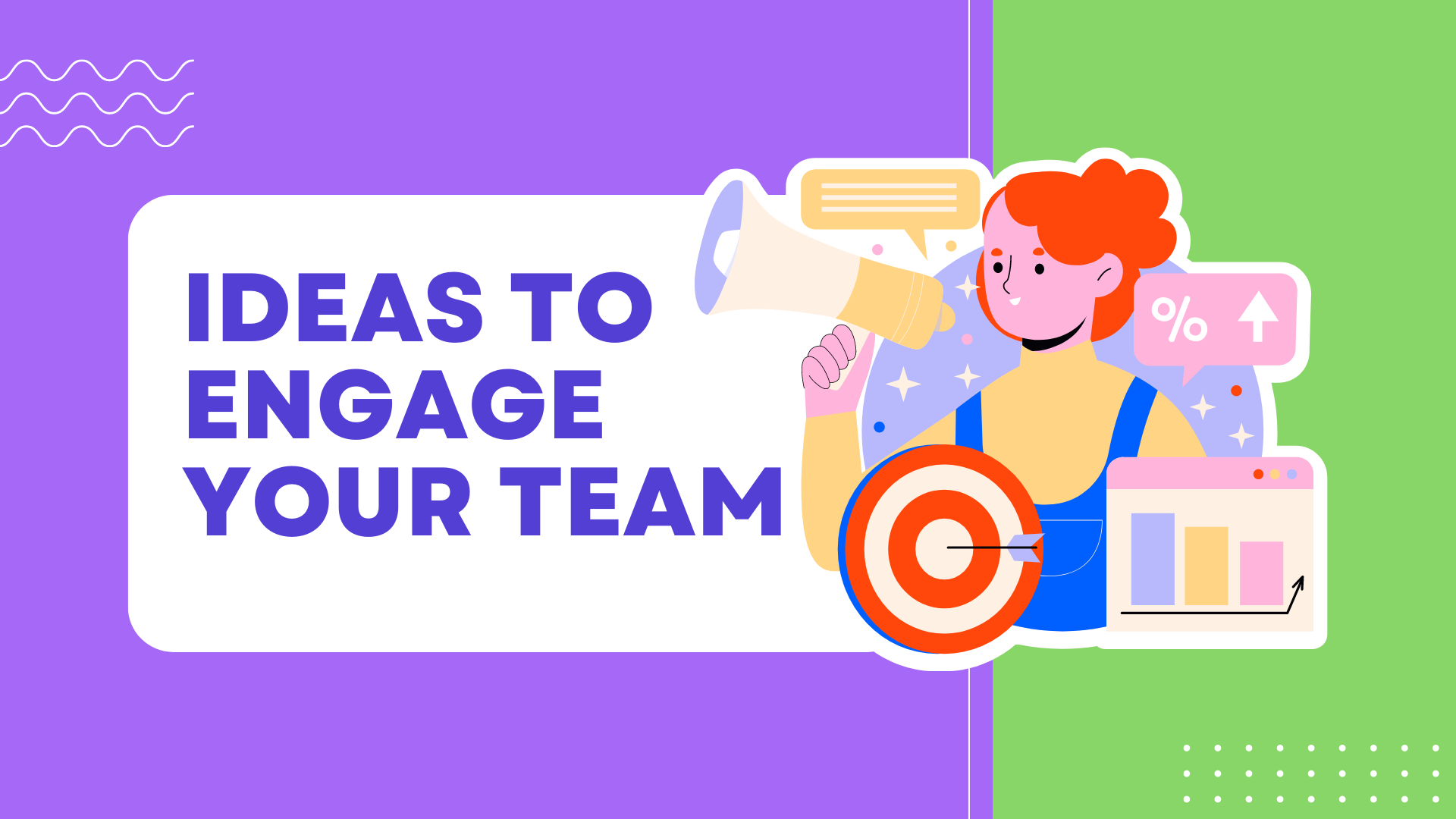Super charge employee performance through field enablement

Super charge employee performance through field enablement



The upcoming year is going to bring an exciting blend of challenges and opportunities for businesses.
These challenges and opportunities can take the form of new market realities, product launches, new hires, and customer expectations.


Your employees will play a central role in navigating these shifts in the market. You will need to equip them with the right resources and technologies to help them deal with any challenges.
So, we’ve put together 5 frontline enablement strategies to help you improve employee performance and usher in growth in the coming year. These are linking enablement to strategy, continuous learning, driving motivation, and measuring and tracking all activities.
Let’s get started.
1. Tightly couple field enablement to business strategy
Based on our years of experience in enabling frontline teams, we have found that these 4 pillars can make an enablement program sustainable-
Aligning the enablement strategy to your business plan and goals, which need to align with your employees’ needs.
Benefits, that operate on two dimensions- business benefits (KPIs being driven by the program, impact on business goals) and benefits accrued to the employees (improved knowledge, customer satisfaction.)
Communication that is consistent and involves the top guns of your organisation. When the CXOs and CEOs communicate with the frontline directly, they are more likely to act towards their goals.
The last aspect is data insights. This data should be available across the hierarchy, along with data on the impact it creates at the corporate office level, and also at the individual level.


A combination of these elements makes enablement programs sustainable.
2. Focus on continuous, everyday learning
Continuous learning becomes extremely important in situations where markets, customers, and products are constantly changing. Your frontline will need a steady flow of content to help them stay updated.
For this, learning needs to follow a cadence. According to the forgetting curve, most of what is learnt will be lost if no attempt is made to retain it.
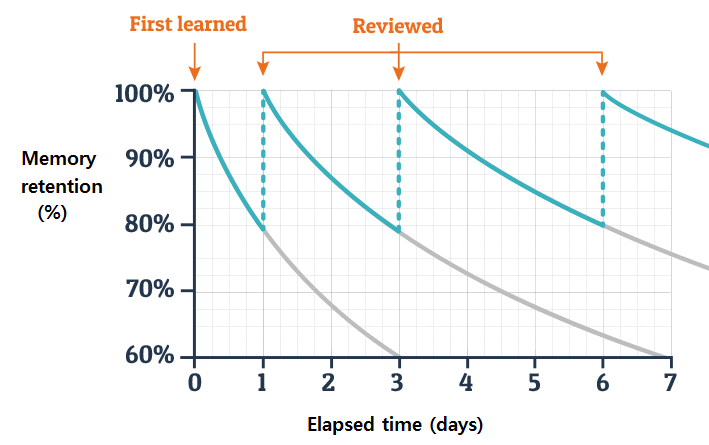

So, when setting up a learning program for your teams, you might want to build a reinforcement plan to hack this forgetting curve.
How can you do this?
Easy. Deploy bite-sized content daily. This content can be categorised into three buckets- content to learn, refer to, and engage.
Consider creating a content calendar to keep track of when you launch what type of content. A daily feed of content helps teams stay on top of their learning goals. You can find our guide on creating a content plan here.
Continuous learning can help employees quickly adapt to market changes. When they learn steadily and incrementally, they can easily apply their learning to field realities.
This is what our customer Celio did during the initial phases of the lockdown.
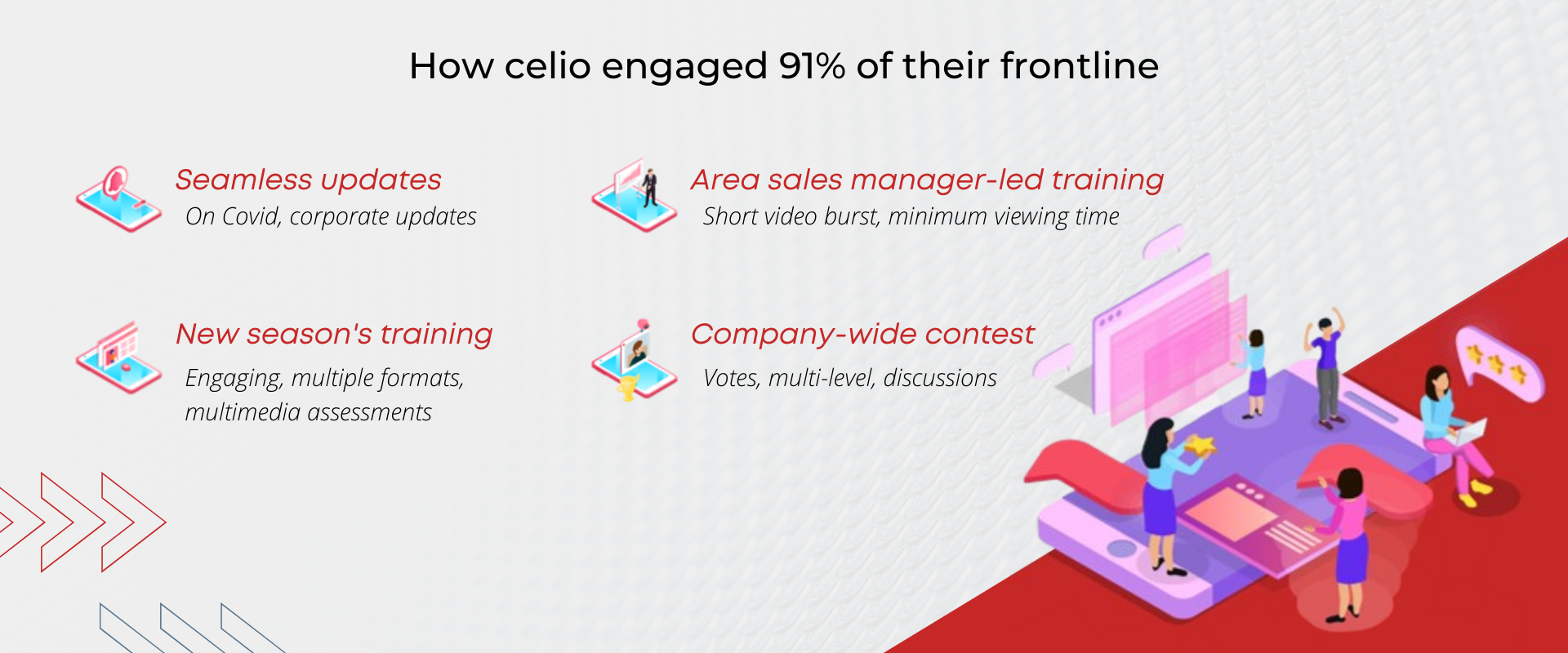

3. Personalize approach for every field member through technology
A sustainable system should be able to customize action recommendations for every user based on their metrics.
The metrics you consider can broadly be- levels of engagement, course completion, knowledge levels, and business metrics.
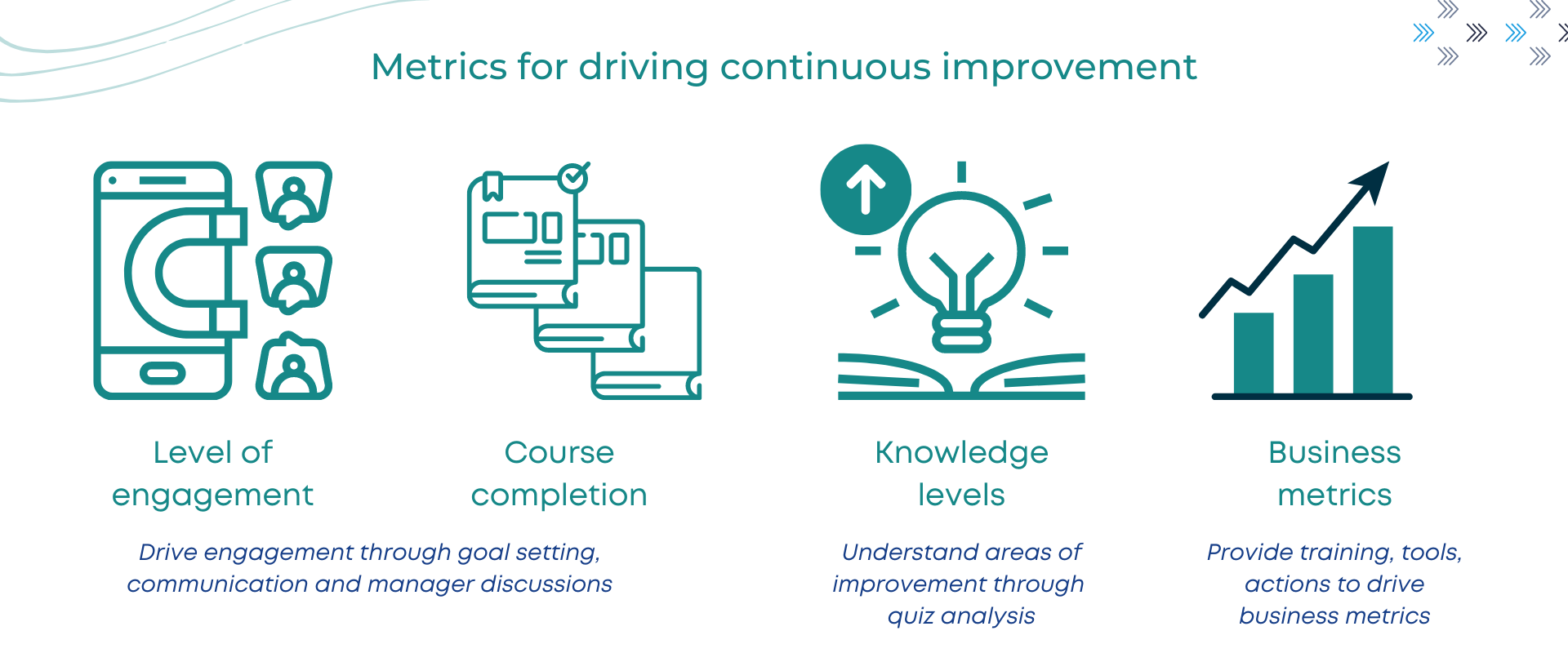

Based on the performance of your employees across these 4 metrics, you could push forward recommendations to the user so that they can continuously improve based on their current standing.
4. Build a continuous motivation engine
- Motivational tools come in all shapes and sizes. They could take the form of themed leaderboards (be it cricket, football, or basketball, Bsharp Score can set it up for you),
- Hold discussions, award badges, vouchers, and points for course completion or goal achievement.
- You could also enable social features such as likes, shares, comments, and votes to keep things interesting.
- Motivational tools come in all shapes and sizes. They could take the form of themed leaderboards (be it cricket, football, or basketball, Bsharp Score can set it up for you),
- Hold discussions, award badges, vouchers, and points for course completion or goal achievement.
- You could also enable social features such as likes, shares, comments, and votes to keep things interesting.
Contests are a great tool that combine all these elements quite well.
In our experience, contests help fuel the team spirit and can help drive results in a quickfire
You can consider three different kinds of contests
Learning-based contest: Run a “Get certified contest”, complete your training, get points for it, and maximum scorers get awards.
Best video contest: Here, the goal is applying the learning in a specific way. It could be for a new product, which they’ll need to demo. They can all upload their videos to a channel and whoever gets the most votes, wins.
KPI Contest: This is the most evolved type of contest. You could build a dashboard of KPIs with the help of Bsharp Score and equate these KPIs to runs, goals, steps, kilometres, and the top scorers can be displayed on a leaderboard.
Learning-based contest: Run a “Get certified contest”, complete your training, get points for it, and maximum scorers get awards.
Best video contest: Here, the goal is applying the learning in a specific way. It could be for a new product, which they’ll need to demo. They can all upload their videos to a channel and whoever gets the most votes, wins.
KPI Contest: This is the most evolved type of contest. You could build a dashboard of KPIs with the help of Bsharp Score and equate these KPIs to runs, goals, steps, kilometres, and the top scorers can be displayed on a leaderboard.
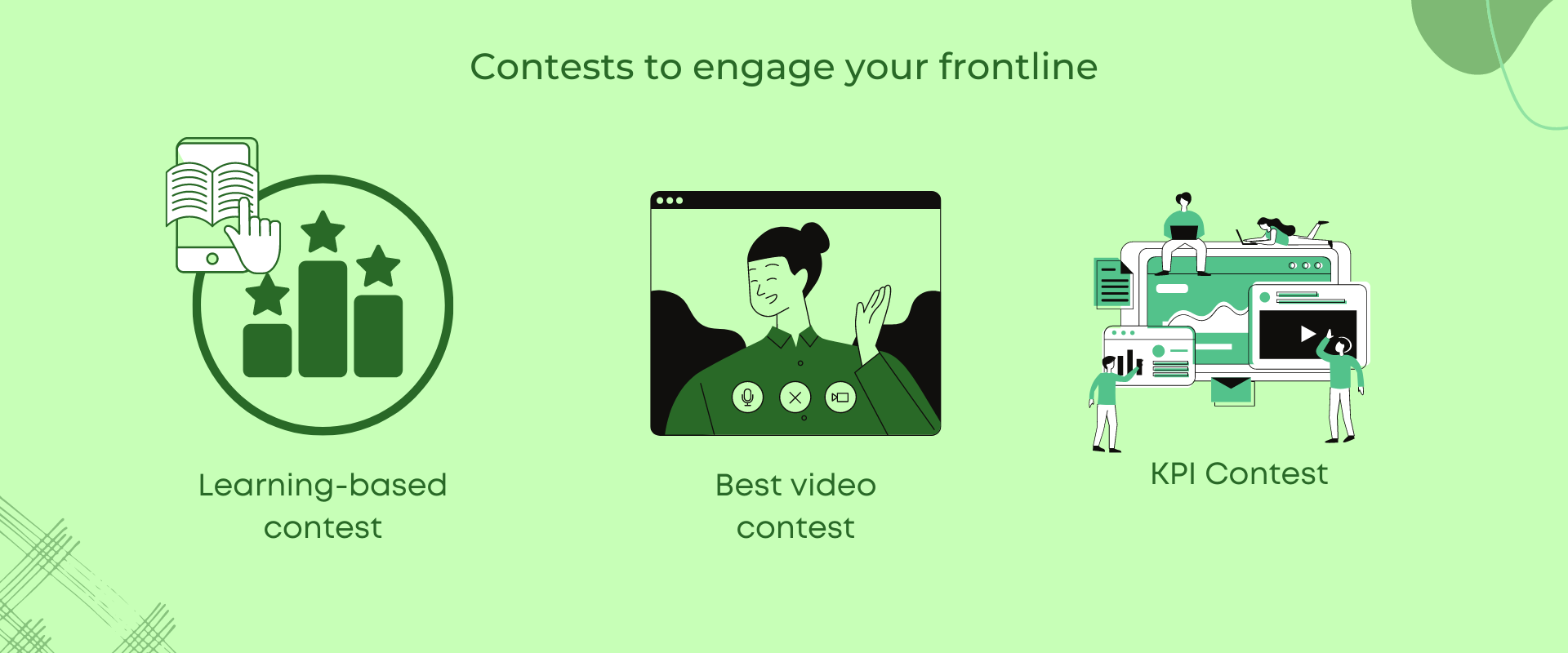

We’ve curated some contest ideas that you can go live with in a couple of hours.
Here’s how Lenovo gamified the process of selling a new product to a new niche audience.
5. Measure everything. Use metrics to drive your decisions.
Different types of metrics emerge out of an enablement program.
These could be action metrics. Not for the end-user, but for the admin. Metrics to measure how much content was posted in a month, was the content posted in a cadence, or haphazardly?
You will also need to measure user engagement- how many modules consumed, daily and monthly active user rate, and so on.
Knowledge metrics- what did they learn? What are their areas of strength and improvement? How are they performing in their assessments? How good is their keyword-based knowledge?
Lastly, business metrics could translate into things like attrition rates, sales, employee feedback score, and customer satisfaction.


The idea is to measure everything and give visibility of all the metrics across the hierarchy so that each of these metrics can be translated into immediate action whenever required.
So, we’ve seen 5 great, but simple ideas for enabling the frontline using technology. Focusing on these tips will help you drive growth and results, and help you boost your employee performance.
